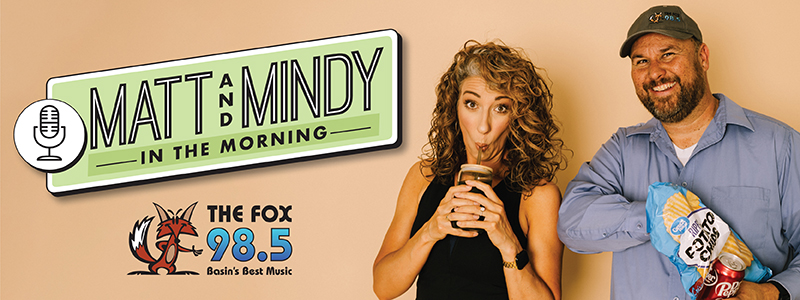How your new tree or shrub is planted may be the single most important event in its life. It not only determines how the roots are able to develop, but also determines how much water it will receive in the first few years in your yard. First, dig the hole for your new plant in a safe place- be aware of possible hazards, such as toxic runoff from a chemically treated roof, salt from the highway, snow sliding off the roof, or other such dangers. Don’t plant a new tree under a power line. Dig the hole twice as wide as the pot it is in and about one third deeper. Loosen the dirt in the bottom of the hole to give a soft bed for the new roots, and then put back into the hole a mixture of dirt and Nutri-Mulch until the hole is just about the same depth as the pot. You could also mix in HuMate Granules (this used to be called Soil Activator) to promote stronger, more vigorous growth. Carefully take the plant out of the pot, taking care not to disturb the soil around the roots. Take a sharp knife and lightly score the roots vertically in three or four places to stimulate new root growth. Center the plant in the hole. The soil line of the plant should be at the level of the surrounding soil- planting the tree or shrub deeper than this can be very hard on it, retarding its growth, and sometimes even killing it. Put a gallon or two of Ferti-lome Root Stimulator on and around the root ball. Next, back fill the hole with a soil and Nutri-Mulch mixture and firm it around the root ball of the plant. With the remaining dirt from the hole, make a water basin around the tree that is four to six inches high and that is about twice as wide as the tree’s drip line and fill it up with the rest of the Root Stimulator and water. The basin should hold ten to fifteen gallons of water. Fill the basin two or three times a week for the first year or two, or until the roots of the tree are deep enough to find ground water by themselves. This will force the water to soak down and out around the roots helping the roots go down deeper to seek water on their own, and will keep your new tree or shrub growing and thriving.




